The Indian state of Goa is Asia's "Ibiza", a place of relaxed relaxation, nightly parties, freedom and a feeling of never-ending celebration. Some foreigners are so inspired by this atmosphere that they move to Goa permanently. They can be seen on the coast of Arambol and Palolem beaches, meditating on the sunset and doing blissful "doing nothing".
But vacations don't have to be limited to the beach and partying. The state has a lot of bright sights of the colonial era, there are charming towns with architecture in the Portuguese style. Old Goa is included in the UNESCO list and is a must to visit. Also in Goa there are several picturesque nature reserves. To diversify your vacation, you can take a walk through traditional markets, where interesting souvenirs and handicrafts of local craftsmen are sold.
What to see and where to go in Goa?
The most interesting and beautiful places for walking. Photos and a short description.
- City of Panaji
- Fontaines quarter in Panaji
- Market in Anjuna
- Night market in Arpora
- Naval Aviation Museum
- Spice plantations
- Basilica of Bon Jesus (Old Goa)
- Cathedral of Saint Catherine (Old Goa)
- Church of St. Francis of Assisi (Old Goa)
- Shantadurga temple
- Church of Our Lady of the Immaculate Conception
- Church and Monastery of Saint Augustine (Old Goa)
- Fort Aguada
- Fort Reis Magos
- Bhagwan Mahavir Reserve
- Bondla nature reserve
- Salim Ali Bird Sanctuary
- Waterfall Arvalem
- Caves of Arvalem
- Dudhsagar waterfall
- Agonda beach
- Palolem beach
- Arambol beach
- Casino Deltin Royale
- Night club Cubana
City of Panaji
Panaji is the capital of the resort state of Goa. At first it was a small village, but after the residence of the Portuguese governor was transferred here in the 18th century, the city began to develop actively. On the territory of Panaji, there are still preserved monuments of colonial architecture of past centuries, which today are of historical interest. The population of the city, together with the suburbs, barely reaches 100 thousand people.
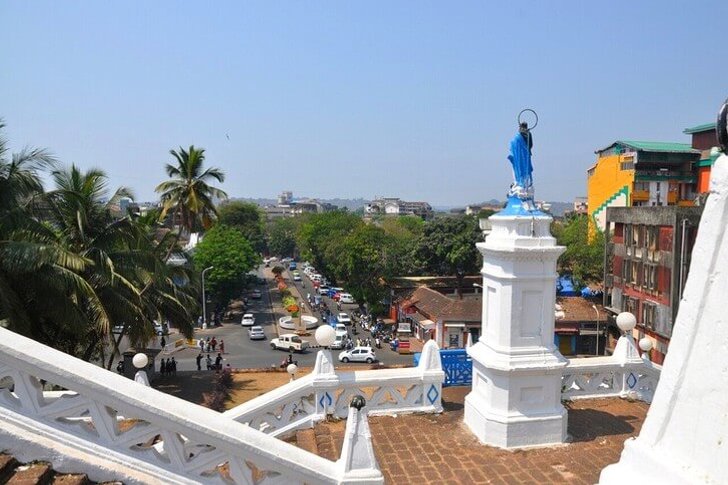
Fontaines quarter in Panaji
The old city quarter, where the houses of the descendants of the Portuguese colonizers are located. The main development of the area was carried out about 170 years ago after the announcement of Panaji as the capital of Goa. The historic facades of the Fontaines houses are painted in bright colors, which gives the quarter an interesting flavor. The houses are built in a mixed style of Portuguese and traditional Indian architecture.

Market in Anjuna
Anjuna is a small town on the coast of Goa, famous for its flea market. The market appeared in the 60s. XX century in the midst of the hippie era. It all started with the fact that representatives of this subculture gathered on one of the local beaches for round-the-clock songs and dances. Sometimes they had to sell some of the things in order to get money for a further carefree existence. And so the famous market in Anjuna appeared.

Night market in Arpora
The market is located between the villages of Anjuna and Arpora. It is not just stalls where you can buy interesting things and colorful souvenirs. This is a whole authentic fair with a booth where people dance, sing, watch impromptu performances, eat and have fun. There are disco bars along the edges of the market, and a special stage for concerts and performances has been built in the central part.
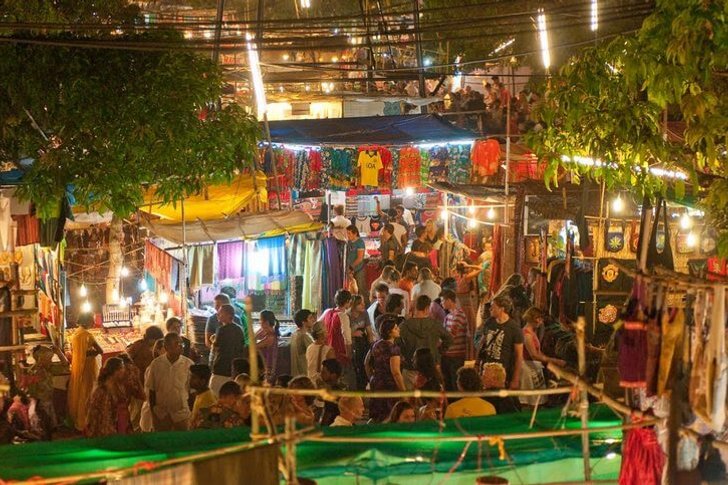
Naval Aviation Museum
The museum is adjacent to the Goa airport. By the way, the Dabolim air harbor itself is actively used by the Indian Air Force. The exhibits of the museum are European, Russian and American planes and helicopters of the last century. The collection is not very large, barely a dozen and a half copies, but no less interesting for that. All aircraft are located on the open air platform.
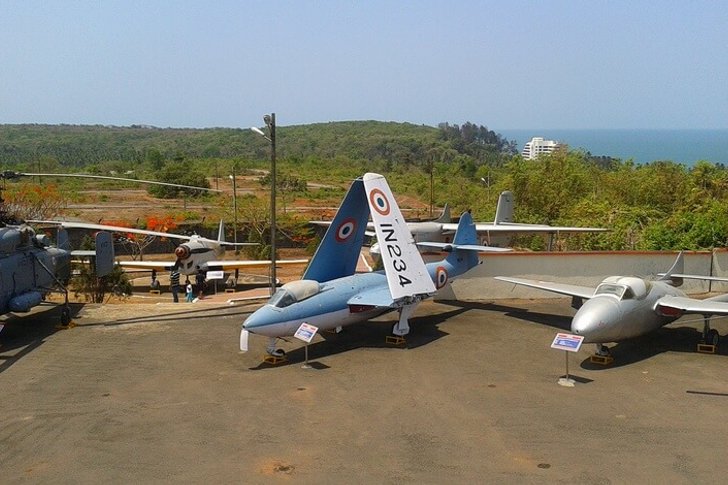
spice plantations
The state of Goa has very favorable climatic conditions, so spices are grown here on an industrial scale for the whole of India and for export to other countries. Spice plantations are a popular tourist attraction, and organized tours are brought here. The fields are located near the town of Ponda, which is about 40 km. from Panaji. Some plantations have developed a developed tourist infrastructure with restaurants, shops and hotels.

Basilica of Bon Jesus (Old Goa)
Portuguese basilica of the 17th century, located in Old Goa. The main architectural style of the building is lush colonial baroque. The marble floor of the church is decorated with semi-precious stones, valuable paintings hang on the walls, in the middle of the temple there is a 3-meter statue of Ignatius Loyola, the Grand Master and founder of the Jesuit Order. The Basilica is one of the main architectural landmarks of Goa.
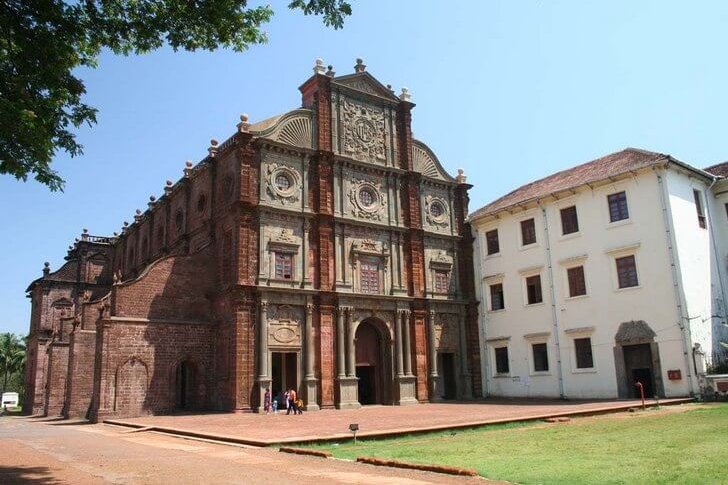
Cathedral of Saint Catherine (Old Goa)
Large Catholic Cathedral, which is the largest Christian temple in India. It was built to commemorate the victory of the Portuguese in the Battle of Goa in 1510. This event coincided with the day of St. Catherine, so it was decided to lay the foundation of the cathedral and name it in honor of this saint. Construction was completed in 1619. The cathedral was built in the Portuguese Manueline architectural style.

Church of St. Francis of Assisi (Old Goa)
The temple was erected in the 17th century; it is part of the complex of St. Catherine's Cathedral in Old Goa. Inside the church is richly decorated with frescoes, wood and marble. It should be noted that local masters were engaged in painting the walls. First, they created images about the life of St. Francis, weaving characters from Indian mythology into the plot, which made the Portuguese king horrified.
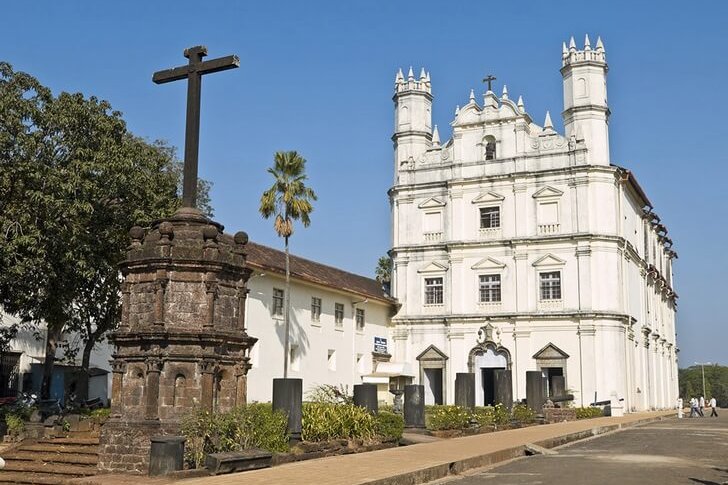
shantadurga temple
The temple is dedicated to the goddess Parvati, who, according to Hindu beliefs, is the wife of the god Shiva. The building was erected in the 18th century during the reign of Raja Chhatrapati Shahu. The temple complex consists of the main building and several side buildings. All buildings are painted in a pleasant terracotta color. The last large-scale reconstruction of the temple was made in 1966.
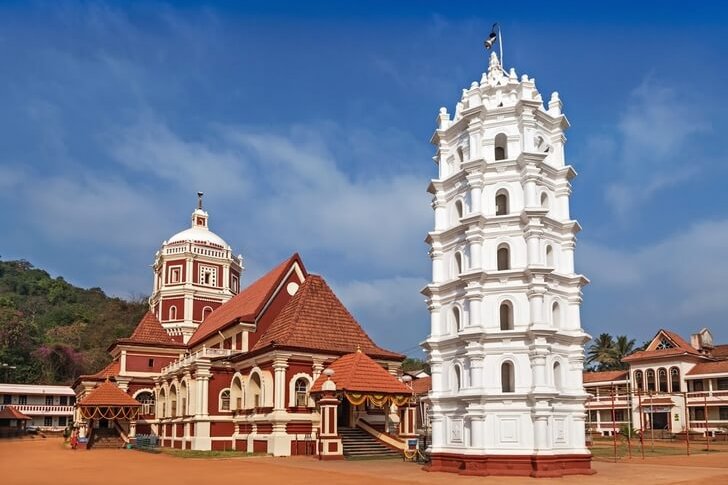
Church of Our Lady of the Immaculate Conception
The church is located in the center of Panaji and was built in the middle of the 16th century. The building of the beginning of the 17th century has survived to this day, since the original building was destroyed as a result of constant wars for Goa. The architecture and interior decoration of the church are distinguished by grace and restraint. A system of stairs with figured railings leads to the entrance to the temple, which are in harmony with the church facade.
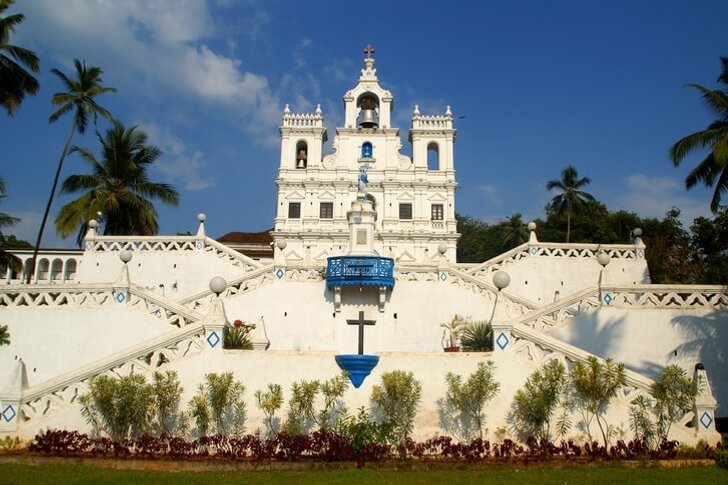
Church and Monastery of Saint Augustine (Old Goa)
The monastery complex was erected at the very beginning of the 17th century. The monastery existed until the 19th century, after which it was abandoned due to the decision of the Portuguese government to dissolve religious orders. All the interior decoration and property of the monastery was transferred to other churches, sold or lost. In the middle of the 19th century, the main arch of the church fell; by the 20th century, the complex finally turned into ruins.
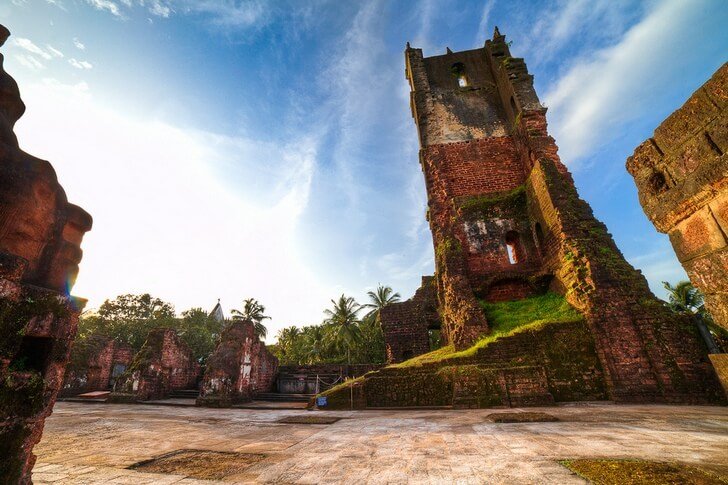
Fort Aguada
The old Portuguese fortress, built in 1612 to protect the newly conquered lands from the encroachments of the Dutch. The fort consists of two parts. The lower one is located at the edge of the sea; it served for defensive purposes. The upper one was engaged in servicing the garrison of the fort. Today, there is a prison on the territory of the lower part, the rest of the buildings of the fortress are open for free inspection.
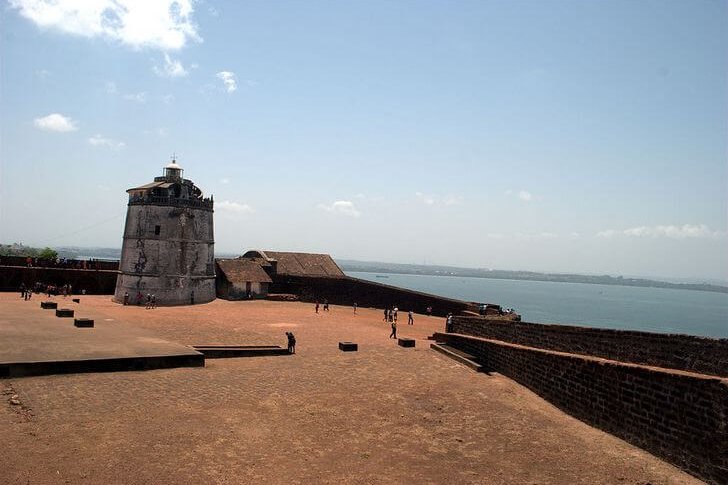
Fort Reis Magos
The fort was built in 1550 (according to other sources - in 1490). At the beginning of the 18th century, the fortress managed to withstand the onslaught of the Marathas, who captured all the surrounding lands and were preparing to push the Portuguese from their firmly occupied positions. Within the fort there was a garrison, an armory, a prison and underground storage facilities. During construction, the building was equipped with many secret passages. Today, there is a museum on the territory of the fortification.
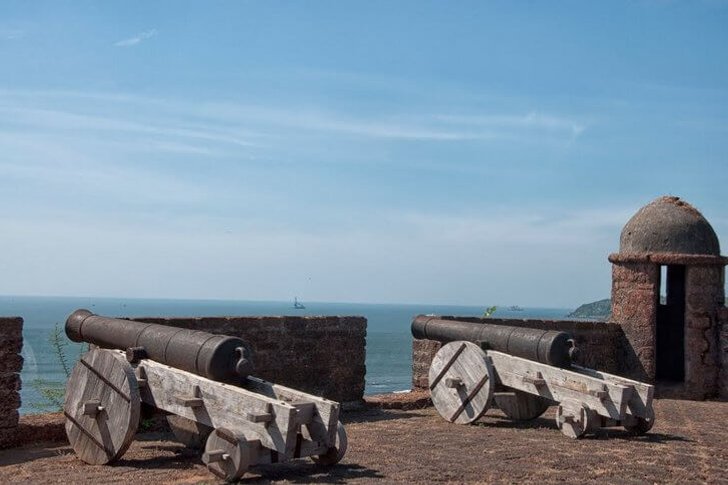
Bhagwan Mahavir Reserve
Natural park covering an area of 240 hectares. On its territory there are several popular attractions, such as the 12th century Mahadev Temple and the largest waterfall in India, Dudhsagar. Panthers, leopards, bears, porcupines, gaurs, lynxes and other animals live in the reserve. A jeep safari is organized for tourists, during which you can enjoy the picturesque landscapes and watch the animals.
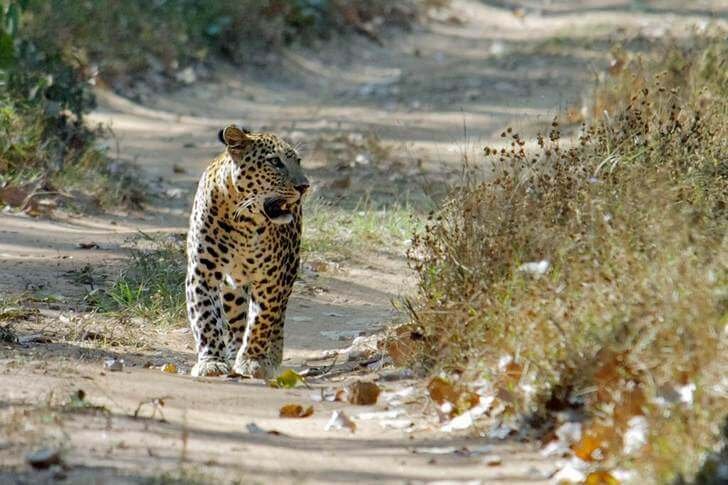
Bondla nature reserve
A small jungle reserve that looks more like a garden. Its area is only 8 km². Wild boars, bison, squirrels and bison are found here. Some animals calmly walk around the territory, others live in enclosures. The reserve is also home to a wide variety of birds. Tourists can take an elephant ride or admire the ruins of an ancient Hindu temple located within the park.
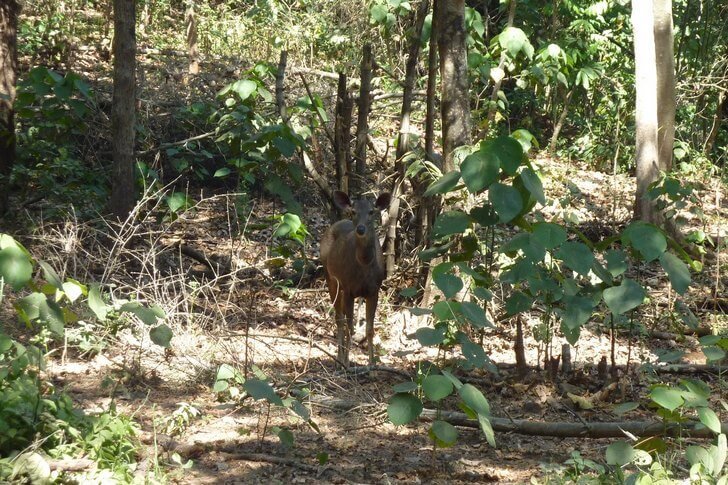
Salim Ali Bird Sanctuary
The reserve is located on the territory of mangrove swamps. About 400 species of birds live here, as well as crocodiles and jackals. During the winter period from October to March, the maximum accumulation of birds is observed in Salim Ali, as many flocks arrive here for the winter. You can observe the habits of birds from a special tower. During the tour, tourists are transported on special boats.
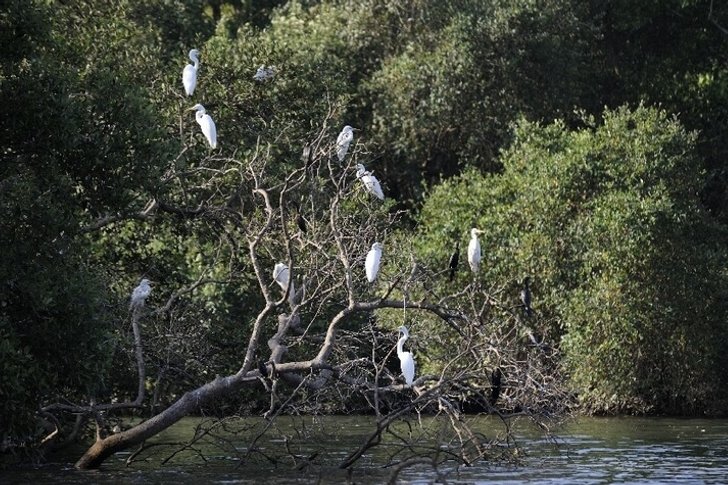
Waterfall Arvalem
A powerful waterfall 10 meters high, located in the northern part of the state of Goa. At the foot of the falling water jets, a lake is formed, quite suitable for swimming. Near the waterfall there is an equipped observation deck from where you can see the picturesque surroundings. Not far from the stream is the temple of the god Rudreshwara, where Hindu funeral rituals are held.
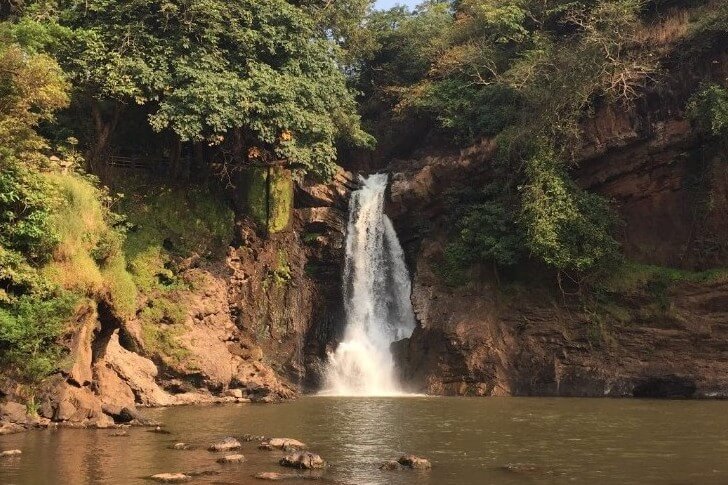
Caves of Arvalem
The caves are located near the Arvalem waterfall. It is believed that they arose in the period of the 5th-6th centuries. n. e. The walls of the caves contain inscriptions in Sanskrit dating back to the 13th century. According to one version, they were cut through by ancient worshipers of a pagan cult. Later, the caves began to be used by adherents of Hinduism, who inflicted the inscriptions. Hundreds of monks could live in such cave temples.
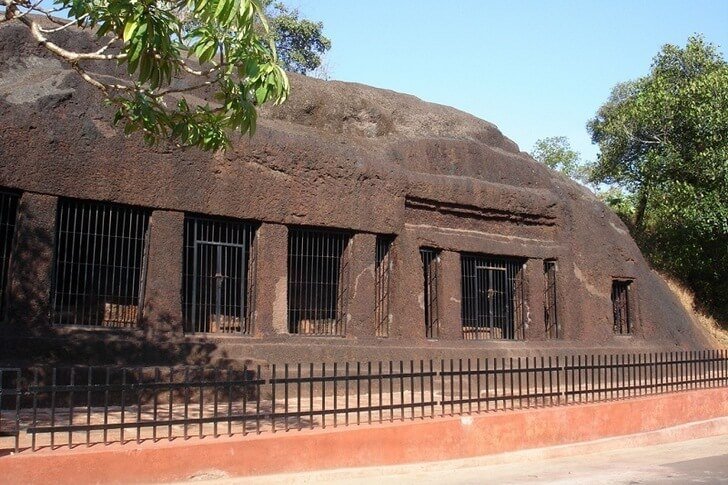
Dudhsagar waterfall
The waterfall is the most visited natural attraction in Goa. It is included in the program of almost all organized excursions. "Dudhsagar" is translated as "milky sea". If you look closely, the foamy jets of water from afar really resemble milk. During the rainy season, Dudhsagar is particularly devastating, its torrents crashing into the deep lake at its base.
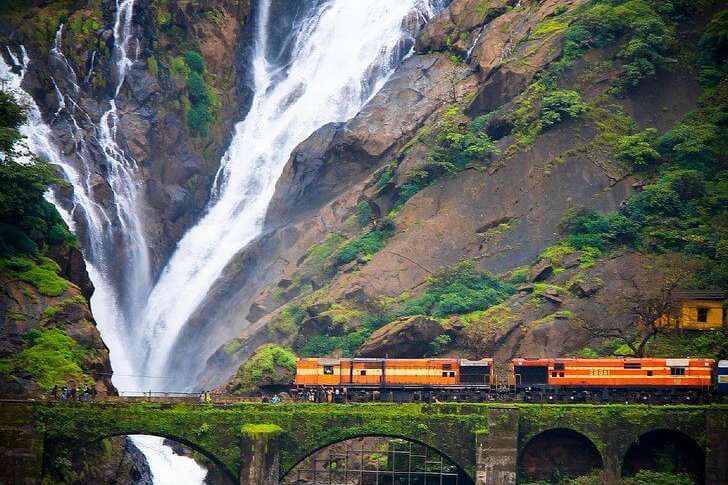
Agonda beach
The beach is located in the southern part of Goa, which is considered more peaceful than the "party" northern part. The length of the coastline is about 3 km. Agonda has almost no tourist infrastructure, there are only residential bungalows and a few hotels. Olive turtles live and lay their eggs on the beach - a species specially protected in India. The place is perfect for a relaxing family holiday.
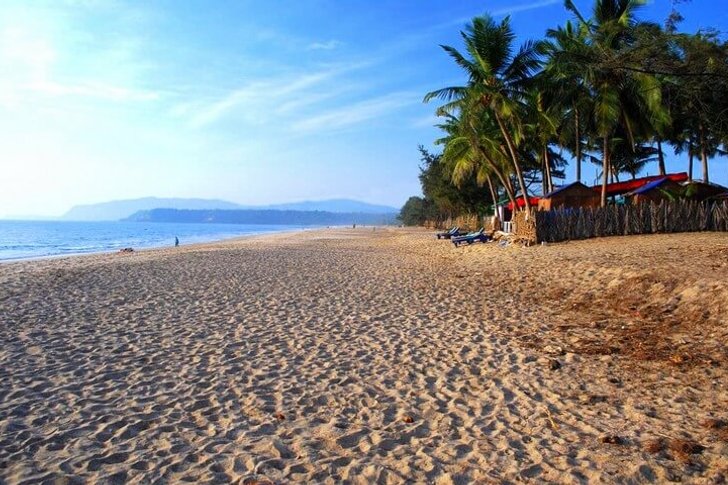
Palolem beach
Palolem is considered the best beach in southern Goa, so it is very crowded during the high season. The beach is located in a bay, so it has a convenient gentle slope into the sea. By Indian standards, perfect cleanliness is observed here and there are almost no free-roaming cows, which indicates the good work of the cleaning service. Bungalows, budget guest houses and more expensive hotels are located along the beach.
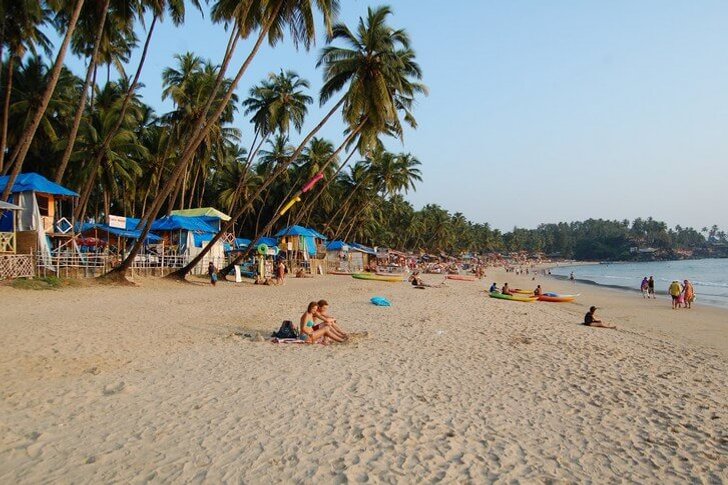
Arambol beach
Arambol is located in the northern part of Goa. Unlike other beaches in this part of the state, there is no such large-scale development here. The coastline stretches for as much as 16 km., It is surrounded by picturesque cliffs and dense jungle. Arambol has a free "bohemian" atmosphere, there are many colorful personalities. Once the beach was chosen by hippies, since then it has become a "home" for creative and non-standard people.

Casino Deltin Royale
The casino is located on board a cruise ship on the Mondovi River. It is considered one of the largest in India and is the largest in Goa. There are 50 tables for poker, roulette, blackjack and 30 slot machines. The casino can also offer a river walk and dinner in a good restaurant. You can come here even with children - a special entertainment area is equipped for them.
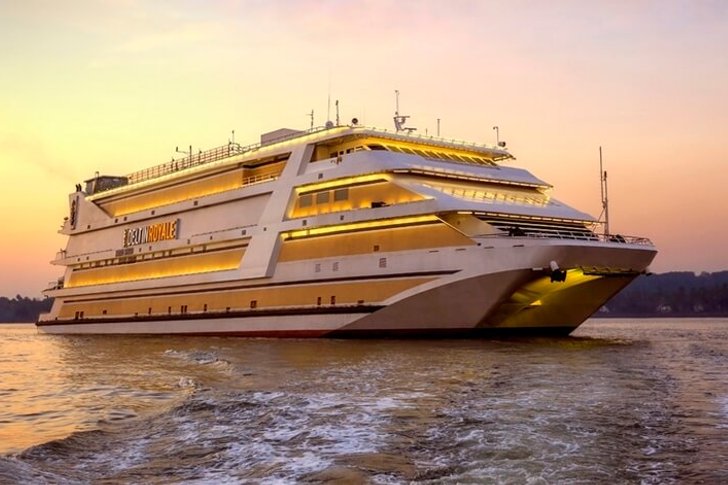
Night club "Cubana"
A popular nightclub on the top of the Arpora hill, where all lovers of electronic music and dancing strive to get into until the morning. The club is divided into two zones - a bar and a dance floor with a pool. Quite often, well-known Western DJs perform here. Poolside parties are especially popular, as on a sweltering Indian night there is a great desire to freshen up after energetic and tiring dancing.
